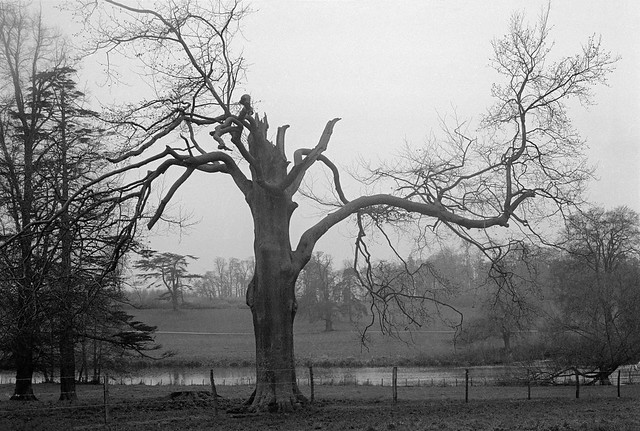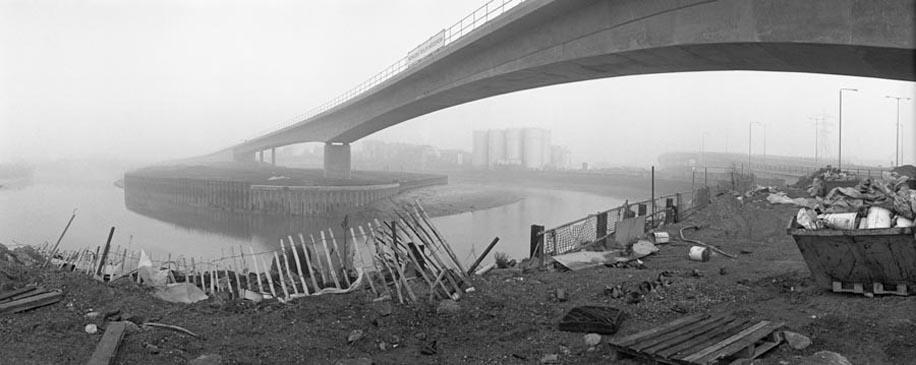I’ve now put more photographs in my Flickr album River Lea – Lea Navigation 1981-1992 to add pictures from Broxbourne to the River Thames to my earlier uploads.
I’ve gone through the contact sheets from 1981-3 and selected and digitised a few more pictures I found of interest to add to those I’d scanned preparing for earlier shows, but I think there are pictures from some of the later years in that period I may add later.
But for the moment this album is complete – with 418 pictures. Because I made these on a number of different visits to the area, it was difficult to put them into sensible order – and a few are still obviously in the wrong place. But I’ve tried to put them at least largely in order as the valley leads down to the River Thames at Leamouth.
Back in 1981-3 I was not too concerned with the exact locations of the pictures, and my contact sheets seldom have little indication except for the contents of the pictures. I can no longer find the notebooks in which I wrote about the project, though a few of the vintage prints have locations on them and a couple even grid references. I’ve tried to give locations on Flickr, and already a few viewers have been able to help me on this, and correcting a few mistakes I made. Corrections and comments are always welcome, and clicking on any of the images in this post will take you to a larger version where you can post comments.
So, for example, this picture I’ve captioned simply ‘Broxbourne, Herts, 1983‘ but I could be quite wrong. It could be Cheshunt or somewhere else. And I’d be happy to be told exactly where it is. It’s easier to remember pictures further south as I’m more familiar with the area, though thanks to some who have already corrected a few of my confusions such as mistaking the Clapham Park flats for the Trowbridge Estate.
Most of the pictures in today’s post are from Enfield, Ponders End or Brimsdown, in the London Borough of Enfield, where a large industrial area is located to the west of the canal. I think most of the structures I photographed back then have since been replaced.
In a later post I’l post more selected pictures from Ponders End and Edmonton and then further south. But you can see them already at Flickr album River Lea – Lea Navigation 1981-1992.
All photographs on this and my other sites, unless otherwise stated, are taken by and copyright of Peter Marshall, and are available for reproduction or can be bought as prints.














